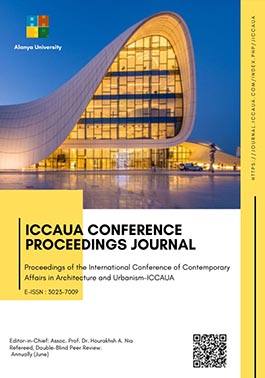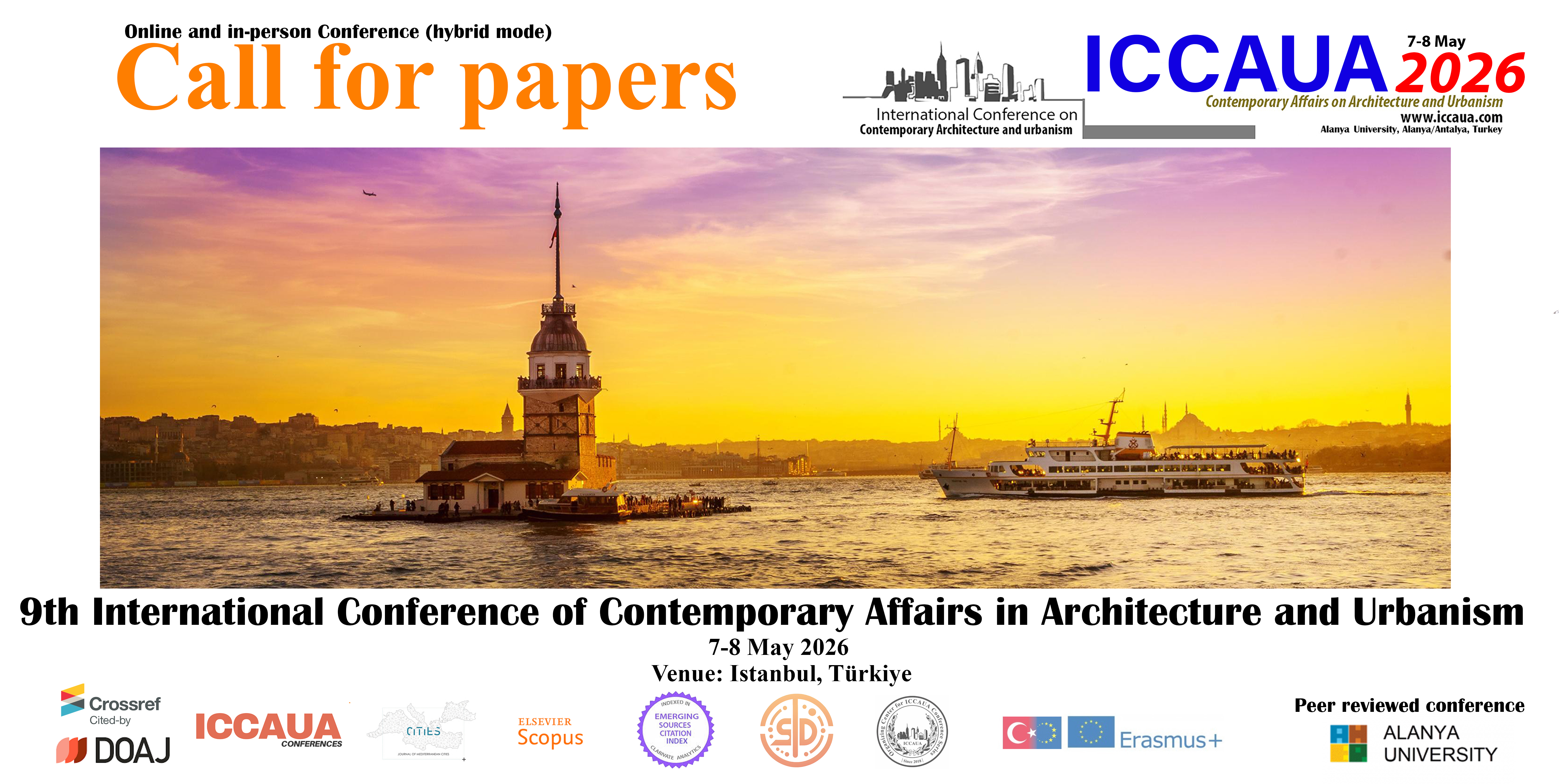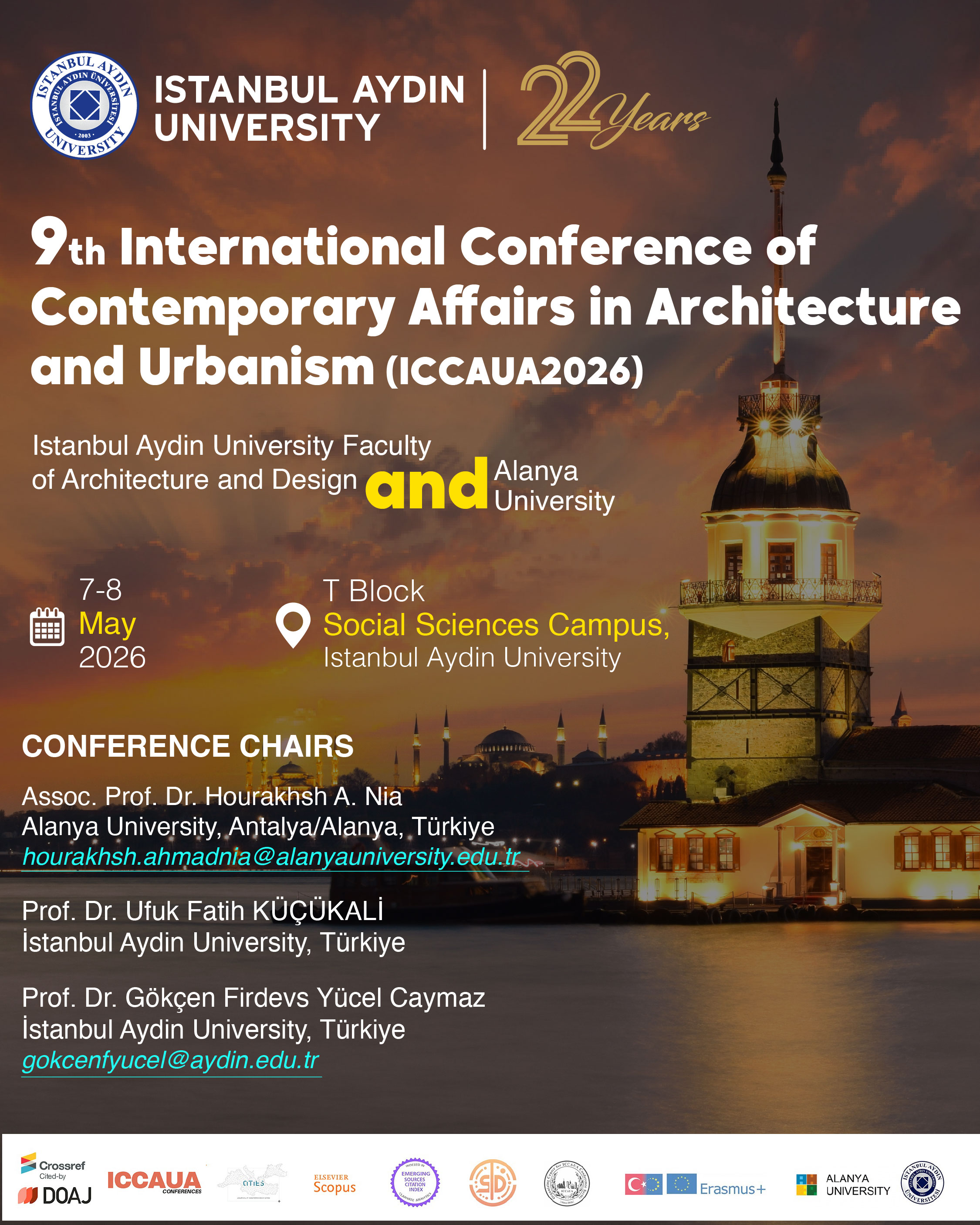Resilience Strategies of Ottoman Architecture between the 15th and 16th Centuries. Case Study of the Restoration of the Columns at the Bardo National Museum in Algiers
DOI:
https://doi.org/10.38027/ICCAUA2025EN0007Keywords:
Column, Heritage, Restoration, The Bardo Museum of Algiers.Abstract
This article examines the intersection of cultural and architectural history in Algeria during the Ottoman period, with the Bardo Museum in Algiers as a key example. The National Bardo Museum is a significant symbol of Algeria's cultural and historical identity, having undergone various architectural changes that mirror the evolution of Algerian society and culture. Notable features, such as the architraves and columns, serve as silent witnesses to the nation’s turbulent history. Restoring these elements is vital for preserving this unique heritage and ensuring its legacy for future generations. This research aims to deepen understanding of professional practices related to both material and immaterial heritage restoration. Specifically, it examines the restoration process of the museum's architraves and columns, detailing the methodologies employed, the challenges faced, and the outcomes achieved throughout the restoration efforts.
Downloads
Downloads
Published
How to Cite
Issue
Section
License
Copyright (c) 2025 Lahlou Sihem

This work is licensed under a Creative Commons Attribution 4.0 International License.




















